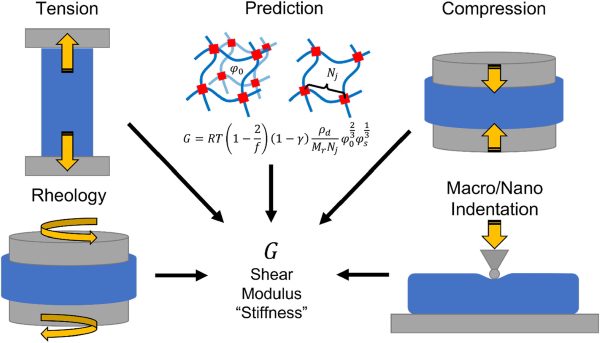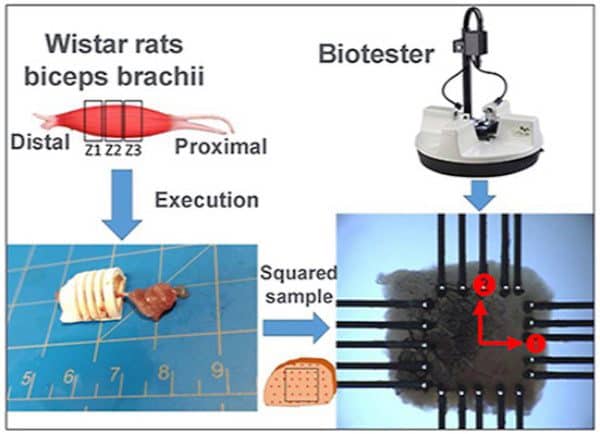Investigating Variabilities in Muscle Tissue for Deeper Insights
Muscle tissue exhibits a diverse array of characteristics, each with unique nuances that vary across different regions of the body. These subtle differences play a significant role in determining the ability to generate force and the susceptibility to injuries. A comprehensive analysis of these regional variances offers profound insights into the intricate mechanisms of muscle performance and adaptation.
The field of biomechanics, which is dedicated to the study of movement in living organisms, sheds light on the complexities underlying these variations. By delving into the concept of muscle stiffness, a critical indicator of a muscle’s resilience and flexibility, we can gain a deeper understanding of muscle functionality and the observed disparities among various muscle regions. This nuanced exploration not only enhances our knowledge of muscle mechanics but also underscores the intricate interplay between structure and function within the human body.

Computational modeling serves as a powerful tool for examining regional variances in a non-invasive manner. By utilizing sophisticated algorithms and cutting-edge simulations, researchers can delve deep into the myriad muscle behavior patterns influenced by anatomical variances across different body regions. Through meticulous analysis of muscle fibers, connective tissues, and the intricate interplay between them, these computational models offer invaluable insights into the nuanced responses of muscles under various physiological conditions. The detailed examination provided by computational modeling allows for a comprehensive understanding of the complex dynamics at play within the musculoskeletal system, enhancing our knowledge of how different factors contribute to muscle function and performance.
Key Points:
- Examining muscle mechanics is essential for understanding performance and injury risks.
- Computational modeling provides valuable predictions of muscle behavior under stress.
Biomechanical Research
Recent advancements in biomechanical research have significantly improved our understanding of the mechanical properties of skeletal muscle. By delving into region-specific behaviors using in vitro testing, researchers can gain valuable insights into how different areas of the muscle function under varying conditions. They can also assess the elasticity and stiffness across different muscle regions. This detailed analysis underscores the crucial role of biomechanics in elucidating the complexities of muscle mechanics and performance. For more information, you can explore further details on the mechanical properties of skeletal muscle.
Understanding the mechanical characteristics of your muscles is vital when it comes to creating custom rehabilitation programs and enhancing athletic performance. Muscle stiffness isn’t a constant; it can vary based on factors like the nature of your activities and the level of fatigue you experience. Delving into these complexities is crucial for the progress of individualized medicine and the optimization of sports training approaches. By gaining a comprehensive understanding of how these elements interact, healthcare providers and athletes can refine interventions to more precisely address individual requirements and aspirations. This knowledge empowers them to tailor strategies that align perfectly with each person’s unique needs, fostering improved outcomes and performance.
Key points:
- Customized approaches to training and rehabilitation can be developed through an understanding of muscle variations.
- Optimal performance and injury prevention strategies can be tailored to individual biomechanical profiles.
By integrating the principles of biomechanics with advanced computational modeling techniques and precise mechanical property testing, you gain a holistic and detailed understanding of how muscles operate and the various factors that influence their regional variations. This comprehensive approach allows for a nuanced exploration of muscle mechanics and structural properties, offering valuable insights into optimizing therapeutic interventions and maximizing performance outcomes across different contexts. The thorough mechanical characterization of muscle tissue not only illuminates the subtle nuances in muscle behavior but also lays the groundwork for the development of cutting-edge treatment modalities and innovative strategies to enhance overall performance levels in various fields and disciplines. Check out this research article for more in-depth insights: Mechanical Characterization of Muscle Tissue.
If you want to learn more about Cellscale and the products they provide, please check them out here.








